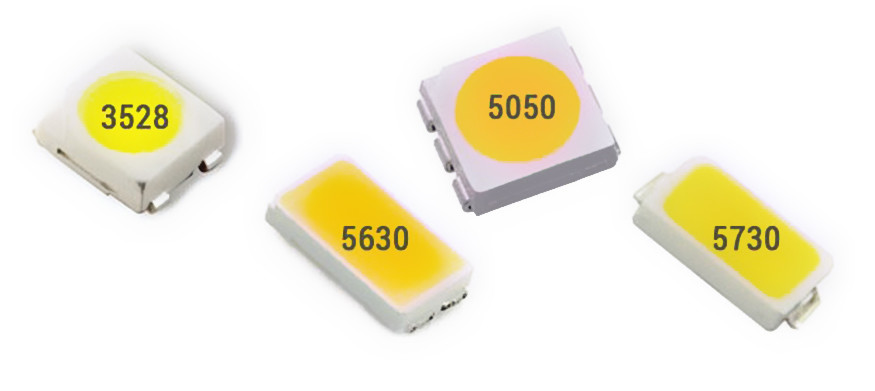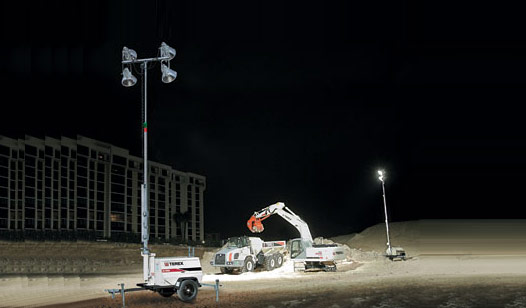If you find that the LED lights in the facility are flickering and they are not Christmas tree lights or artificial flames, then you will realize that something must be wrong.
Although flicker itself is easy to solve, you should be aware of some of the bigger problems behind flicker. Find out why your lights are not working as expected, and they will soon return to their full-on state.
Start with a simple failure
Before you ask a professional electrician for help, it may just be a very simple fault that caused your LED lights to flicker. These faults can actually be eliminated easily by yourself.
The light may be in poor contact
This sounds like a very common problem, but it is always easy to be overlooked. When your bulb flickers, please turn off the power first, wear gloves to protect your hands from being burned, and tighten the bulb.
A loose bulb means that the bulb is not properly contacting the socket, which is a cause of flickering. Especially recessed lights are easier to loosen, it is important to check whether these connections are tight first.
Replace the old switch with a compatible switch
If the flickering is not caused by the bulb itself, check whether the wall switch is normal. Old dimmer switches used for incandescent bulbs have been used on many occasions, but they are not suitable for LED lights.
If the bulb connected to the dimmer flickers, the possible cause is loose wiring or poor contact behind the switch, which is also a very common cause.
Check the power rating of the bulb and dimmer to make sure they are compatible or not. The failure of light bulbs and dimmers to work together can cause common lamp problems, and flickering is one of the problems.
For this problem, the solution is to install a new dimmer, but be sure to turn off the circuit breaker before wiring work.
Use smart light switch
If the dimmer switch is replaced and the problem of LED light flickering still exists, then a better solution is a smart bulb, which does not require a physical dimmer switch.
Smart dimming lights work more reliably, and can usually solve dimming problems caused by aging wiring or old-fashioned dimmer switches.
Bigger and more serious problems
If the measures mentioned above cannot solve your LED flicker problem, then the entire circuit system in your facility may be faulty. At this time, you should consider calling a professional electrician for a solution.
Such problems will not only damage your electrical appliances and lighting fixtures, but also put your facility at risk of electrical fires. When there is a problem with the wiring, please do not hesitate to call a professional.
Check current
Current overload will cause the temperature of the line to rise sharply, and the result is that the line will accelerate aging, or cause a fire, if the line does not meet the fire protection requirements. High-power electrical appliances and central air-conditioning devices will cause lights to flicker when they are energized, because they have a great impact on grid harmonics.
This may indicate improper wiring of the equipment or that the circuit breaker does not fully meet the requirements. Call a professional electrician to ensure that your circuit breaker can safely power all equipment in your facility.
If you want to find out which device in the facility is causing the light bulb to flicker, first supply power to each load on the grid. A buzzing sound may also occur in this case, listen to it when each circuit is energized.
In addition to interfering with your lights, an overloaded circuit breaker may even damage your other electrical appliances, and the result is often catastrophic.
Check if the wiring is loose
If some circuits are incorrectly wired, or the wires in your facility are very old, there is a high probability that the lights will flicker.
Loose wiring will increase the resistance in the circuit and cause the temperature of the circuit to rise. This is one of the main causes of facility fires, and you should definitely not ignore this. So if you have tried a variety of other methods to solve the flicker problem, but the problem still exists, please ask a professional electrician to check your wiring.
The flickering is caused by an old, faulty, poor-quality light bulb or a loose and incompatible wall switch. It is very likely that your lighting problem is indeed a quick solution, such as changing the dimmer or replacing the light.
However, if the wiring or circuit breaker in your facility is too aging, or the load exceeds the standard severely, it is best to consult an expert or professional electrician and develop a detailed solution.



